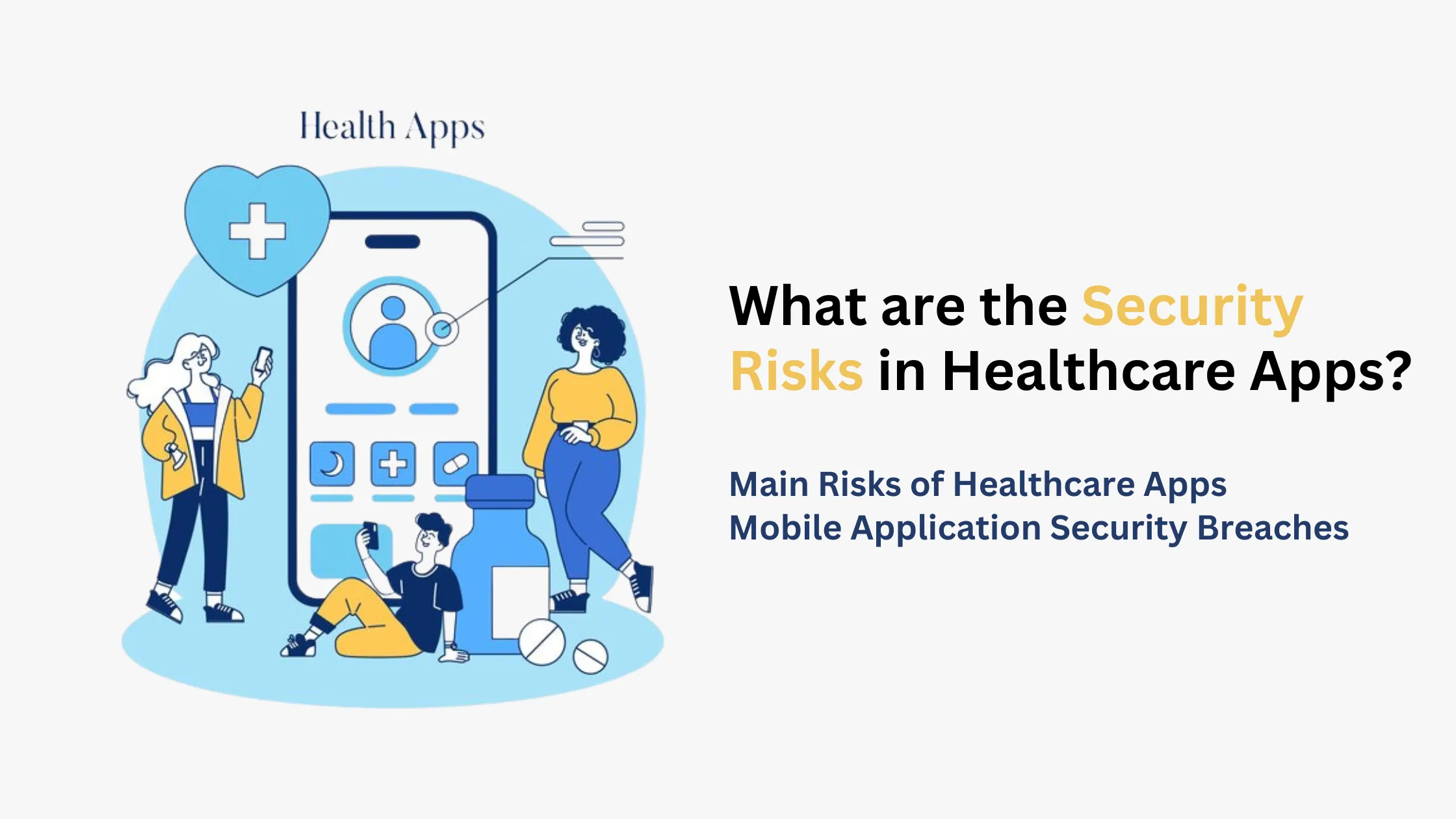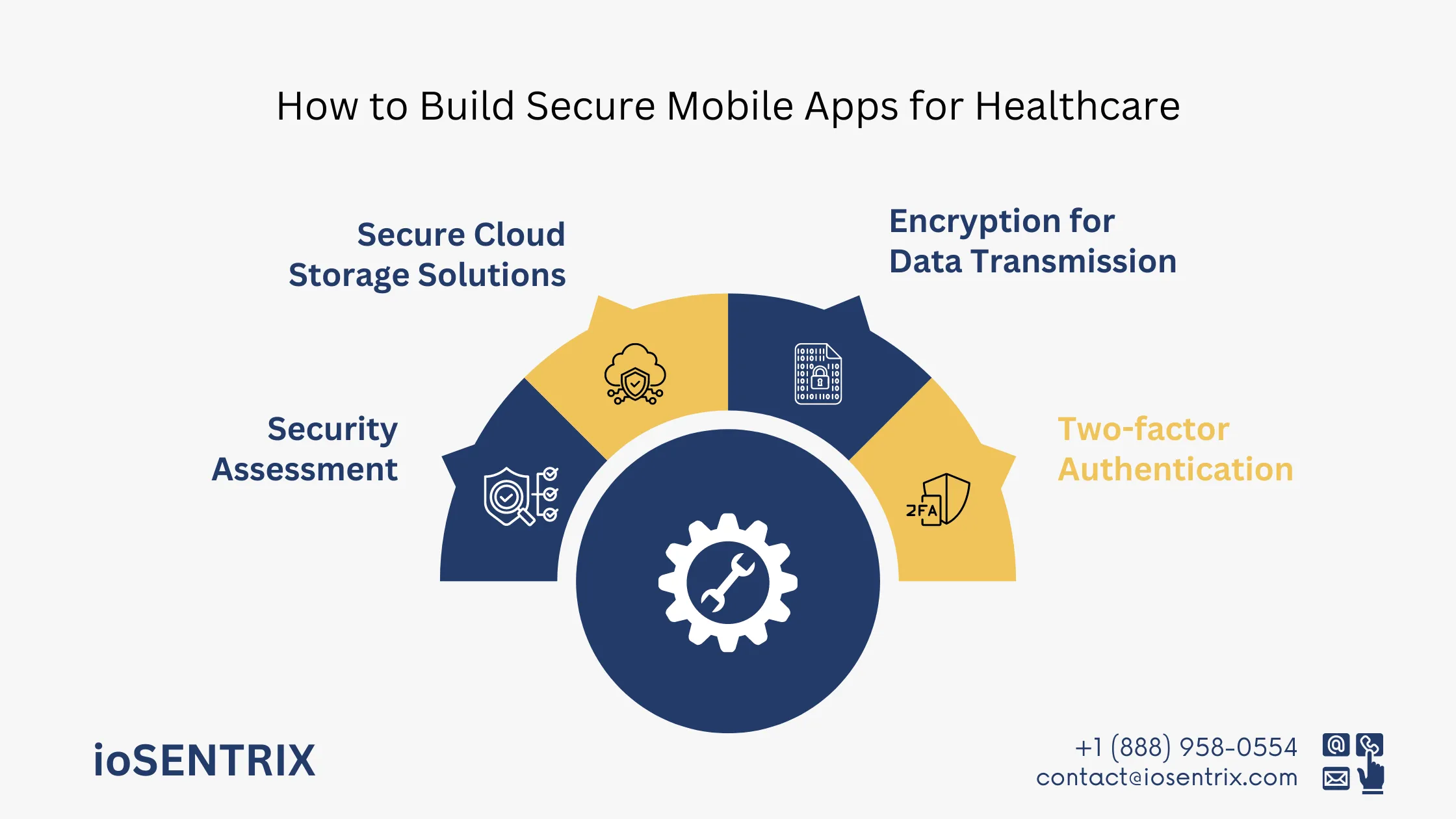
Safeguarding data in the healthcare industry poses a significant challenge for healthcare providers and their partners, who must ensure patient confidentiality, deliver high-quality care and adhere to regulations such as HIPAA and GDPR. Protected health information (PHI) is a susceptible asset targeted by cybercriminals. This highlights the importance of strict adherence to data protection protocols.
HIPAA does not specify which technologies must be used. Still, it does require organizations to keep patient information secure, restrict access to authorized individuals, and ensure data is used only for approved purposes. It is up to each organization to decide which security measures to use to meet these requirements.
As reported in a research study by the Ponemon Institute in 2016, criminal attacks in healthcare have risen significantly by 125% since 2010, becoming the primary reason for data breaches in this sector. The study revealed that healthcare organizations are often ill-equipped to safeguard patient data from cyber activities.
The survey covered 91 entities governed by HIPAA and 84 business associates, with a striking 89% reporting incidents of healthcare data breaches, half of which were due to criminal attacks.
In the past year, there has been a rise in attacks aimed at mobile applications, coinciding with the increased focus on high-profile supply-chain attacks. With a staggering 200 billion downloads in 2020, mobile apps have now become a prime target for cyber threats. Data shows that one out of every four companies surveyed by Verizon disclosed experiencing a data breach via mobile or Internet of Things devices. Looking back at the significant mobile data breaches of 2021 involving well-known companies such as Amazon Ring, Slack, and US Customs and Border Protection, it is likely that we will face similar threats this year.
In January, there was a security issue with the Amazon Ring Neighbors App. This problem exposed the exact location and addresses of users who made posts on the app. Typically, the app does not show exact locations, even though user posts are public. The bug did not show this information to app users, but it gathered it silently. The hidden data included the user’s latitude, longitude, and home address. The Ring Neighbors App, despite facing security challenges like other Ring IoT devices, had reached 10 million users by 2020.
Last year, the widely-used team collaboration platform Slack experienced a security issue with its Android mobile app. This bug, reported in January, unintentionally stored user passwords in clear text on devices. Affected users were recommended to reset their passwords and delete the app data logs as a safety measure. Slack, with a user base exceeding 12 million daily users, promptly responded to the incident to safeguard user data.
When considering mobile health apps, commonly known as mHealth apps, people often focus only on telemedicine. However, app stores provide a range of apps with various functions that patients and doctors can utilize for effective communication and treatment.
Many mHealth apps focus on managing medical records. These apps help users keep track of their medical conditions, treatment, and other important details. They also allow doctors to access and update patient information from anywhere. This feature makes it easier for patients to switch doctors or consult specialists without having to repeatedly explain their medical history.
This application enables doctors and patients to communicate virtually for non-emergency medical conditions. It helps reduce congestion at medical facilities and minimizes exposure to contagious illnesses for those who do need in-person care.

Just like with medical records, some apps can save important health data and share it with your doctor. This means you can easily send X-rays, MRIs, or blood test results to your physician without needing to visit them in person. These apps are also helpful for doctors and their teams to review information internally. Using secure texting apps for healthcare, instead of regular messaging platforms, ensures that privacy protocols are followed correctly.
Healthcare facilities often have many patients who require ongoing monitoring, even though their condition may not be critical. Monitoring apps, when used alongside monitoring devices, allow patients to easily keep track of their vital signs and behavior using mobile apps. These apps create a digital profile of the patient’s characteristics, which can be shared with doctors in real time. As a result, hospitals can prioritize patients with high-risk conditions while still monitoring those with less serious issues.
A challenge that some patients face is sticking to their treatment plans, especially for long-term illnesses. For example, treating tuberculosis typically involves taking pills for six months, while contraception requires daily pill intake. To help patients stay on track, regular reminders can be sent to encourage them to take their medication, and doctors can monitor their progress more effectively.
Data leakage poses a significant cybersecurity risk, with breaches occurring when security measures are not correctly applied within an application. This can lead to unauthorized access by hackers to sensitive patient health information (PHI), which should only be accessible to authorized users.
When utilizing messaging functions in mHealth applications, it is vital to ensure that communication stays secure on the device and is encrypted during transmission to prevent message interception.

As noted earlier, certain apps allow the exchange of confidential health information between patients and healthcare providers. Although these apps may have good security measures, the data they store on the device might not be encrypted. This can make the device vulnerable to hacking, allowing unauthorized access to the files even if the mHealth app is secure.
Certain applications may utilize third-party APIs, such as virtual keyboards, which could potentially lack sufficient protection and result in data breaches. It is crucial to consider and protect all layers where information is stored or displayed to prevent any security breaches. A notable example highlighting the risks associated with third-party involvement is the Morley Companies case.
This company provides business services to multiple Fortune 500 firms, including healthcare providers, resulting in over 500,000 patient records being compromised, breaching their Protected Health Information (PHI). What made this incident particularly alarming was that affected individuals were only notified in February 2022, six months after the company became aware of the breach, a violation of the HIPAA Breach Notification rule. Learn more details about this case here.
When developing a healthcare app, there are several important factors to consider, but every app developer should start with a core set of security measures to ensure data privacy. These can then be expanded upon as needed to further protect sensitive information.
One effective method to prevent unauthorized access to healthcare apps is by asking users to add an extra layer of protection. By doing this, only authorized users can access mHealth apps, helping to keep data secure.
It is important for messages sent through mHealth apps to be encrypted from end-to-end to avoid interception. Therefore, doctors and patients should use specialized apps for communication, as regular messaging platforms may not have all the necessary security measures to safeguard personal information.
For Example, AES 256-bit encryption is a strong way to protect important data like patient records and confidential information. This encryption method uses a key that is 256 bits long. which makes it very difficult for unauthorized people to access the data.

As previously mentioned, certain apps may be secure from data breaches, but they store data on the user’s device, which is prone to cybersecurity risks. To address this, apps can utilize cloud storage to allow users to access information without storing it locally, thus safeguarding data from potential threats.
After completing the development of your app, it is important to have an expert review it, even if you feel confident in its security measures. Cyber threats are constantly evolving, and cybersecurity experts have the necessary knowledge to identify and address potential vulnerabilities in your app.
The compliance of a healthcare organization significantly relies on the vendors they select as partners, who must also uphold strong measures for safeguarding healthcare data. While adhering to HIPAA and other applicable regulations provides a solid groundwork for data protection, healthcare organizations must go beyond these standards and implement additional safeguards against modern threats.
ioSENTRIX understands that safeguarding your application’s source code is important to you, and we aim to simplify this process. To achieve this, we regularly update our products to align with the most current platforms and counter the latest decompilation methods. Our knowledgeable technical support representatives are on hand to offer live guidance whenever you need it. While your objective is to develop the top medical app for your clients, our priority is to ensure its protection.